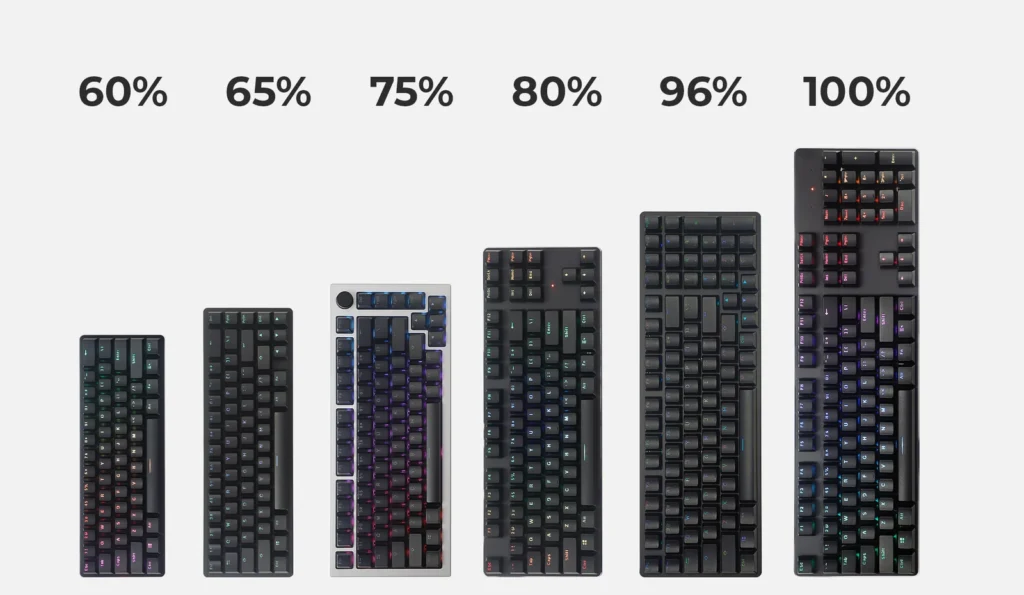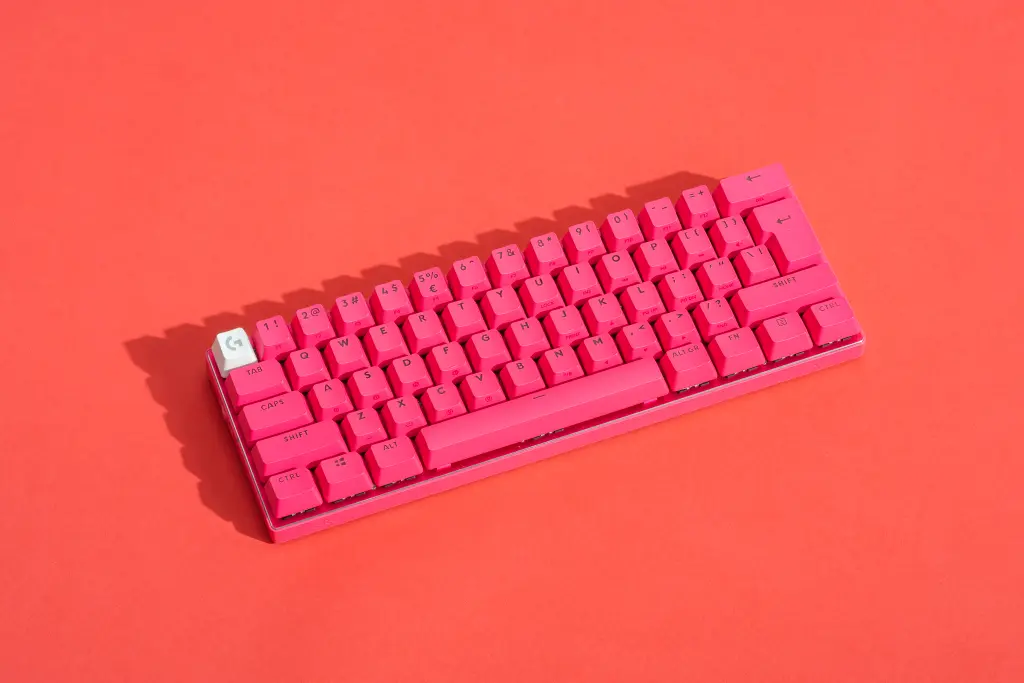Buying a gaming keyboard? It’s not as simple as picking the one with the flashiest lights or the most buttons.
In fact, most gamers (especially first-timers) make avoidable mistakes that lead to frustration, regret… or straight-up buyer’s remorse.
Whether you’re upgrading from a basic membrane board or diving into mechanical for the first time, you’ll want to make an informed decision — not one based on hype.
In this post, I’ll break down 7 common mistakes gamers make when buying a keyboard — so you can dodge them and pick something you’ll actually love using every day.
1. Choosing Style Over Function
RGB is cool. So are edgy designs and “gamer” fonts.
But here’s the truth: don’t let aesthetics blind you to actual performance.
Way too many people get drawn in by flashy lights and aggressive styling — only to realize later that the keyboard feels terrible to use.
What to focus on instead:
- Switch type (Red, Brown, Blue, etc.) for the feel you want
- Build quality — metal backplates, sturdy keycaps
- Typing comfort — layout, wrist rest, key spacing
A clean, minimalist mechanical keyboard might beat a loud, RGB-packed board in actual gameplay and comfort.
✨ Form should follow function — always.
2. Ignoring Switch Types
Not all mechanical keyboards are created equal — especially when it comes to the switches under the keys.
Too many buyers just pick a keyboard labeled “mechanical” and call it a day.
Big mistake. Why? Because switch types drastically affect how your keyboard feels and sounds.
Here’s a quick cheat sheet:
- 🔴 Red switches – Smooth & quiet (great for FPS + fast reactions)
- 🟤 Brown switches – Tactile with slight bump (balanced choice)
- 🔵 Blue switches – Clicky & loud (great for typing, not ideal for shared spaces)
If you don’t test or research your switch type, you might end up with something that drives you crazy — or worse, slows you down.
Don’t skip this. Your fingers will thank you later.
3. Overlooking Key Rollover & Anti-Ghosting
You’re mid-fight, slamming multiple keys for that perfect combo — but the game doesn’t register your move. Why?
Your keyboard couldn’t handle it. 😤
Key rollover and anti-ghosting are must-haves for gamers — but tons of buyers skip over them.
Here’s what you need to know:
- N-Key Rollover (NKRO): lets you press multiple keys at once — all get registered accurately
- Anti-Ghosting: stops the keyboard from sending phantom signals when you press multiple keys
Membrane boards usually flop here. Mechanical boards? Most good ones come with full NKRO.
If you play fast-paced titles, this is non-negotiable. Don’t buy blind — check the spec sheet before you regret it.
4. Not Considering the Size/Layout
Buying a full-sized keyboard just because it looks complete? Or grabbing a compact board without realizing what’s missing?
Yeah… this one catches a lot of gamers off guard.
🧩 Keyboard sizes actually matter:

- Full-size (104 keys): Includes numpad — great for work + gaming, but bulky
- Tenkeyless (TKL): No numpad — more mouse space, cleaner desk
- 75%, 65%, 60%: Minimal layouts — compact, travel-friendly, but lose arrow keys or function row depending on the model
Also: Do you need dedicated media controls? Macro keys? Some layouts cut those out.
👉 Pick a layout that fits your gaming style AND your desk space. Don’t end up with a keyboard that looks cool but leaves you reaching for missing keys.
5. Falling for Cheap, No-Name Brands

That ₹999 “mechanical gaming keyboard” with rainbow lights might look tempting — but trust me, it’s usually a trap. 😬
Why this mistake hurts:
- Cheap brands often use fake mechanical switches that feel mushy and break fast
- No proper warranty or support
- Build quality? Wobbly keycaps, rattly stabilizers, weak cables — the works
🧠 Here’s the move:
Stick with trusted brands like Logitech, Razer, SteelSeries, HyperX, Corsair, Redragon, or Keychron. Even their budget options beat shady brands that cut corners.
You don’t need to break the bank — just don’t fall for flashy marketing and fake “gaming” tags.
6. Ignoring Software & Customization Options
Sure, your keyboard works right out of the box.
But if it doesn’t come with solid software support? You’re missing out.
Great gaming keyboards let you:
- 🎨 Customize RGB lighting (yes, beyond rainbow wave)
- 🎯 Create and assign macros
- 💾 Save profiles for different games or workflows
Brands like Logitech G Hub, Razer Synapse, or SteelSeries Engine make this easy.
Cheap keyboards with no software? You’re stuck with factory settings — no remapping, no flair, no flexibility.
Tip: Even if you’re not into hardcore customization now, you’ll appreciate it later.
7. Underestimating Build Quality
A gaming keyboard is an investment — and that means it should last.
Too many buyers settle for weak plastic builds that flex, rattle, or straight-up die after a few months.
🛡️ What to look for instead:
- Aluminum top plates or reinforced frames
- Double-shot PBT keycaps (resist wear & shine)
- Braided, detachable cables
- Solid feet + rubber grips for stability
A sturdy board not only feels better — it also handles intense gaming sessions like a champ.
Bottom line: Build quality isn’t just luxury — it’s longevity.
Conclusion
Buying a gaming keyboard shouldn’t feel like a gamble — but it often does when you don’t know what to look for (or what to avoid).
From skipping switch types to falling for cheap brands and ignoring layout or software, these small mistakes can lead to big regrets.
But now? You know better.
✅ Do your research
✅ Know your needs
✅ Avoid these 7 common traps — and you’ll walk away with a keyboard that actually delivers on performance, comfort, and style.
Because at the end of the day, a keyboard isn’t just a tool. It’s your weapon of choice.
So choose wisely, gamer🎮⌨️

